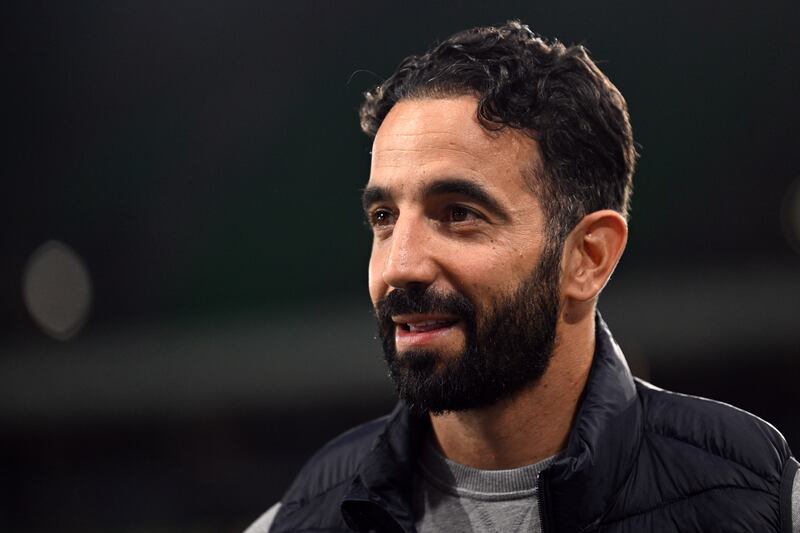CONOR POPEdelves under the polycarbonate surface of the modern passport to reveal the layers beneath
THE MOSSAD AGENTS said to have assassinated a Hamas official in Dubai recently were not the first people to use fake Irish passports while up to no good. At the height of the Iran-Contra affair in 1986, Col Oliver North and several of his fellow agents travelled to Iran as Irish citizens – North’s passport was made out to a John Clancy.
The CIA and Mossad are thought to have frequently used Irish passports while travelling through hostile countries, members of the IRA used fakes to travel to Libya to buy arms in the 1980s, and Michael McDowell, as minister for justice, alleged that the Colombia Three travelled to South America on forgeries in 2005.
Forging a passport is no longer as easy as it was in the 1980s. All passports issued since 2006 are machine-readable, electronic and contain a biometric chip, holograms and digitally printed photographs of the passport holder. The main page has a polycarbonate surface that is next to impossible to alter undetected. In addition to the image of the holder you can see, a second is perforated through the data page and a third is included in the microchip. Sadly, the chance of ever being able to dispense with the sometimes mortifying main photograph are slight: it is considered essential should all the high-tech wizardry fail.
It is a far cry from polycarbonate surfaces the passport was raised. The oldest known such document still in existence dates from June 18th, 1641. It was signed by Charles I of England, although the country started issuing safe-passage documents during the reign of Henry V, in the 15th century. The first mention of a passport-like document, however, dates back to 450 BC, when a minion of King Artaxerxes I of Persia used a letter addressed “to the governors beyond the river” to request safe passage as he went through their lands.
The diplomatic row between Ireland and Israel is the latest in a long line of disputes about our passport. In fact, the wording on the document was at the root of one of the first diplomatic spats between the Free State and the British crown. In 1923 the government decided that our passport would describe us as citizens of the Irish Free State. The British government was not best pleased, as it omitted the phrase “British subject”, so the wording was changed to “Citizen of the Irish Free State and of the British Commonwealth of Nations”. The passports were duly issued in March 1924, but the British government still objected and refused to recognise them. It even told its consular officers to confiscate them, which forced the few Irish citizens able to travel overseas at that time to carry both Irish and British passports. It all became moot with the passing of the Irish Constitution in 1937, when the phrase “Citizen of Ireland” was adopted.
If you’re unfortunate enough to lose your passport abroad, the first thing you need to do is report the loss to the local police – and get a written statement that you have done so. Then contact the nearest Irish Embassy or Consulate, to get a temporary passport or Emergency Travel Document. If there’s no Irish Embassy or Consulate, that of a fellow EU country will help. Incidentally, it is always a good idea to bring a photocopy of your passport with you on your travels, as it expedites matters should you lose the original.
Once a passport is reported lost or stolen it ceases to be a valid travel document, so even if you find it again it is worthless and should be returned to the Passport Office for cancellation.
The Department of Foreign Affairs takes a dim view of carelessness with passports, and anyone who has lost more than two of them is likely is be given very limited passport facilities, which they can use only for specific travel purposes.
The number of passports that have been stolen or otherwise disappeared globally stands at about 14 million, according to Interpol. A stolen passport is estimated to be worth about €800 on the black market. The passports at the centre of the Dubai scandal were neither lost nor stolen but, allegedly, cloned by Mossad.
While Swiss, Swedish and Irish passports are considered extremely valuable by spooks – and journalists working in war zones – in the normal course of events holders of Finnish, Danish and US passports are in a better position.
Citizens of these countries can travel to 130 countries without needing a visa. Afghan citizens, by comparison, can gain entry to just 12 countries without a visa, while North Koreans are probably the most unfortunate, as the regime lets none of its citizens – outside of the ruling party’s elite – travel abroad.
It won’t be long before the passport book disappears and we’re issued with credit-card-size e-passports with full-size hologram images, fingerprints, DNA, previous travel arrangements, family ties and whatever else the authorities deem necessary to keep us, er, safe in the 21st century.
Finally something that costs less in Ireland. While our passport is €80, British citizens have to fork out €6 more. The cost of a Swiss passport – considered to be the gold card of citizenship, whatever we might think about ourselves – is €99. Japanese people have to pay €115, while New Zealanders are charged an eye-watering €131.






